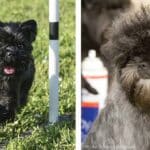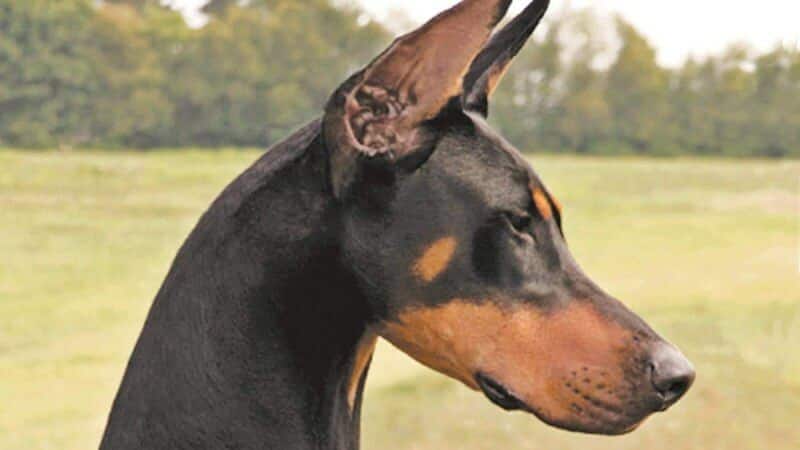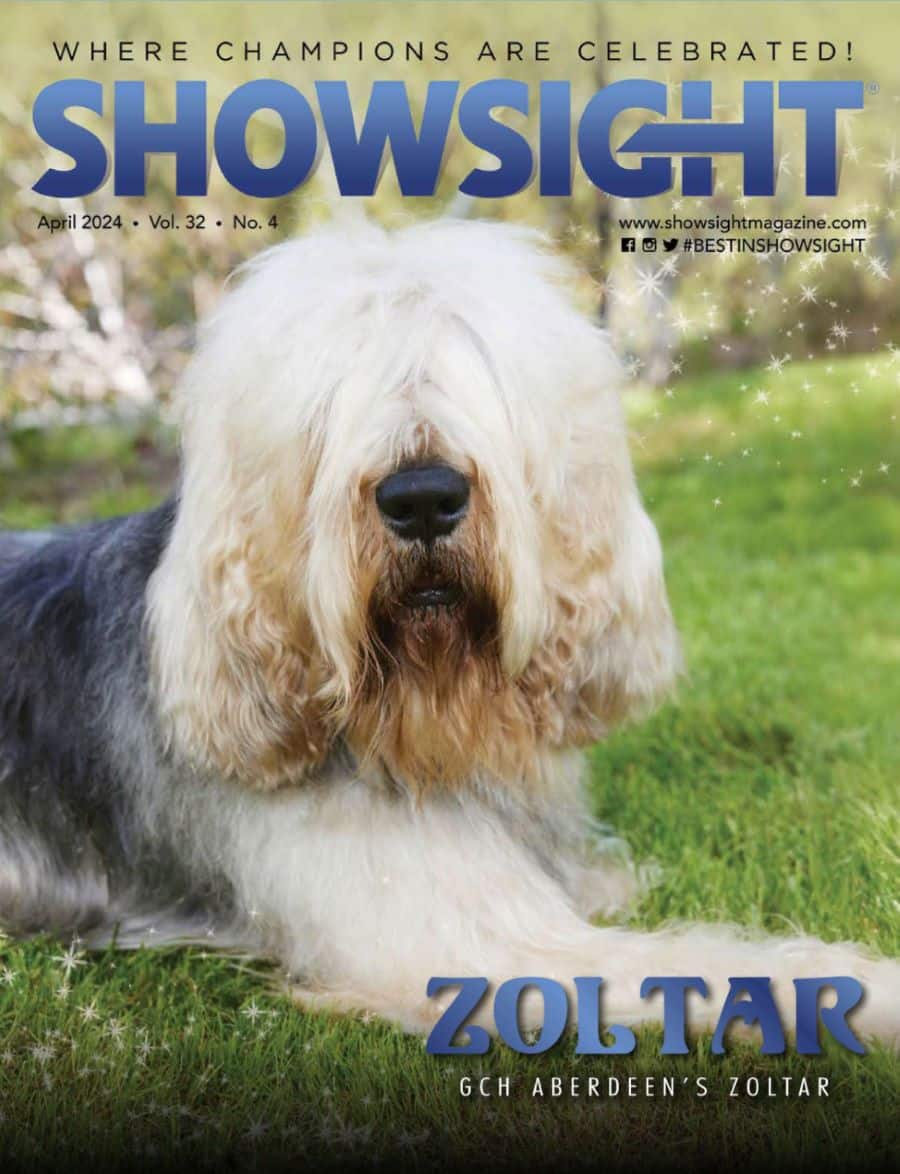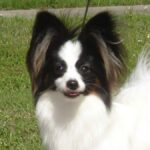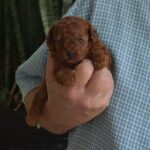Judging the Doberman – A Sleek and Powerful Breed
Doberman breed authority Peggy Adamson said, “Breed type emerges from the whole standard.” The whole dog is important, deviations should be taken to the extent of the deviation. The only deal breaker other than the disqualifications, is temperament.
In the beginning, when the Doberman didn’t look like a purebred, he acted like a Doberman Pinscher. This was the endearing characteristic that made them so valuable. With time, their look developed. So, first and foremost, never award a dog with poor temperament.
How can you be expected to determine temperament in a 2.5-minute examination? I say, if a dog can’t keep it together for 2.5 minutes, he has flunked the temperament test. A dog should be expected to stand proud, determined, alert, and noble.
Judging the Doberman
When the judge approaches, questionable temperament is evidenced when the dog’s eyes are rolling (showing white), if his ears are pinned back, if he is shaking, or looks like his skin is crawling, if he is leaning on his handler, or racking back upon approach. These are signs of improper Doberman temperament. He may be the best looking and moving dog in the ring, but he should not win. If there are no other good dogs on that day, withhold ribbons.
That is how important temperament is. If I see a dog with questionable temperament, I give them more time to help make the experience positive. If the dog is superior, I tell them how lovely their dog is and that they need to correct the problem. I get complaints from exhibitors and handlers when they witness a shy dog winning. Unfortunately, it happens way too often. We don’t want you to give a temperament test in the ring. We just want the Doberman to display breed type as described in the first paragraph of our standard.
The procedure I use with the Doberman is the same as what I do with every breed. Walk up to the dog from a slight angle, not straight on. I extend my hand palm up and put it under the chin. This is a non-threatening gesture that allows me to feel the underjaw and check the muzzle and skull planes and view the almond-shaped, moderately deep-set, dark eyes. With the DQ for missing teeth and incorrect bites, I ask the handler to show me the mouth. From the front, I see the bite and incisors.
Then with mouth closed (to also view occlusion), they show the premolars on each side, then open the mouth to view the molars. I put my hands on both sides of the head to feel the clean line of the blunt wedge, and then view the parallel planes and a slight stop from the side. After the head exam, I proceed toward the rear of the dog, feeling the forechest, shoulder and upper arm, and depth of body.
I feel the topline, short, wide loin and well-filled out croup, and the tail, which is slightly off the horizontal. It is amazing how few people know that is what the standard says about the tail. Our breed is plagued with high tails and handlers who push up the high tails to advertise the fault. I guess they are also advertising the fact that they haven’t read the standard, but that is for another article. Then I check the testicles and feel the muscling in the rear. At this point the hands-on exam is over.
I look down at the dog from the rear to see the hips being broad and in proportion to the body, breadth of hips being approximately equal to breadth of body at rib cage and shoulders. You can also see from the top view if the flow is smooth, without lumps and bumps.
Then it is time to move the dog. I do a down and back. When the dogs moves toward me, I ask the handler to let the dog stand on its own; free stack. They can bait the dog. This is a crucial test. It shows how the dog stands unaided by the handler and tells a lot about the temperament. I observe their demeanor from the front, and the breadth of chest and the front legs and feet. Then I walk around the dog. Does he notice my motion, but continues to be unfazed? Does he stand confidently, with the breed-defined nobility; fearless, watchful, determined—an alert stance with proud carriage? If he does, he passes the test.
On the free stack, I can also observe the balance and proportion that is so important to type. The compact, muscular and powerful body is square. Ideally, he is a one-piece dog, all parts fitting together smoothly. If something stands out, it is probably out of balance. His neck and head should be in balance with his leg and body. Please note that our standard does not say the neck is long, it says it is in balance. This is a square breed and the height from elbow to withers equals height from ground to elbow. The brisket reaching deep to the elbow. The front angulation matches the rear. The shoulder blade is the same length as the upper arm, and the upper thigh is the same length as the lower thigh. The underline is curved to a well tucked-up, short loin.
This is a well-angled breed. When the front and rear are in balance, he can move smoothly in a trot. The final test is the go around. The dog should look as good as he did standing. He is well-muscled, powerful, one-piece. His head is above his neck and forward a little to allow for good reach and drive. He has a straight topline, tail slightly off the horizontal. His rear foot leaves the ground as high as the front foot and both are close to the ground. The gait is free, balanced, and vigorous.
In conclusion, when judging the Doberman, please remember this is a personal companion dog. He is muscular and powerful with heavy bone, yet he is elegant in appearance and agile. In other words, he is not coarse or fine. He is strong and a threat to be reckoned with. He is noble, determined, alert, fearless, and of great temperament. Please NEVER reward poor temperament. We encourage you to review our video, “How to Judge the Doberman.” You can find it on the DPCA website or on YouTube. The DPCA JEC website is a wealth of information, check it out.
Enjoy our breed, they are amazing companions.
